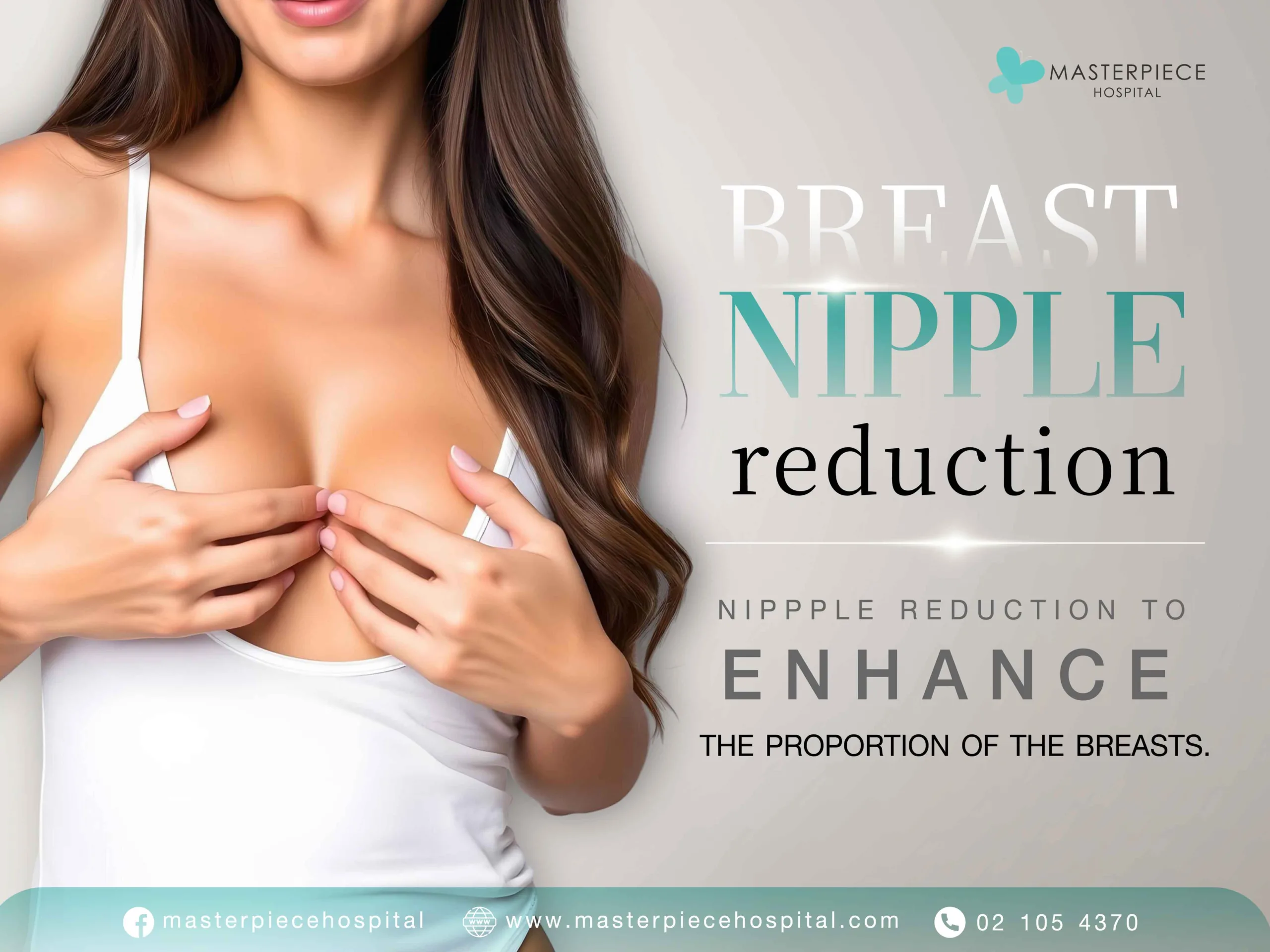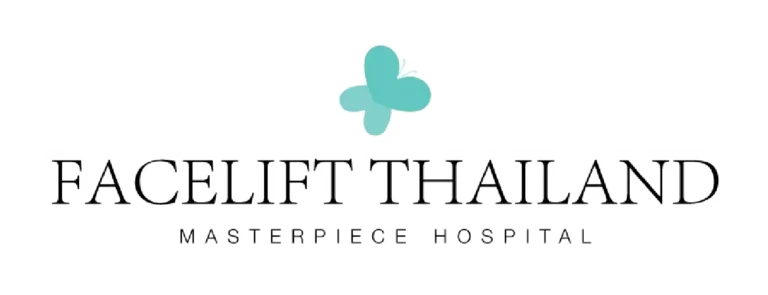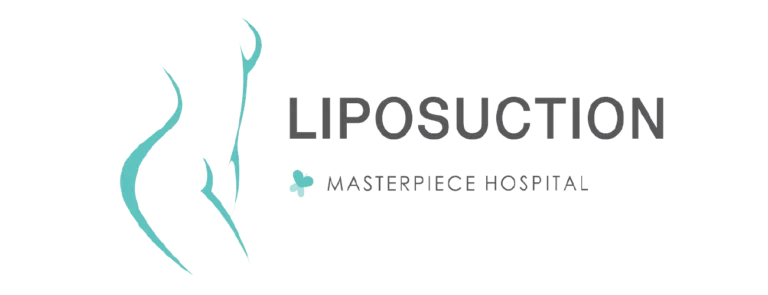Nipple reduction: An easy solution for Enlarged Nipples.
Apart from Breast Augmentation and Breast Lift Surgery, another concern that troubles many women is Enlarged Nipples, which can create an imbalance in the appearance of the breasts. Another common issue is inverted nipples. Fortunately, these concerns can be addressed through nipple reduction surgery.
Enlarged nipples are a private concern that many women hesitate to discuss. This condition often occurs after childbirth and breastfeeding, as the nipples and areola tend to enlarge during pregnancy, altering their shape. In some cases, genetics or weight gain can also contribute to this issue. While it doesn’t affect physical health, it can impact confidence, especially when undressed. As a result, many women opt for nipple reduction surgery to enhance the balance and aesthetics of their breasts, restoring their self-assurance.
Reasons for Nipple Reduction Surgery
- Nipples that are too long
- Enlarged nipples
- Disproportionate shape
Case of Elevated Nipples – Type 1
This method involves removing the lower skin portion down to the base and then suturing it back. This technique helps reduce the nipple size and achieve a more proportionate appearance with the breasts.
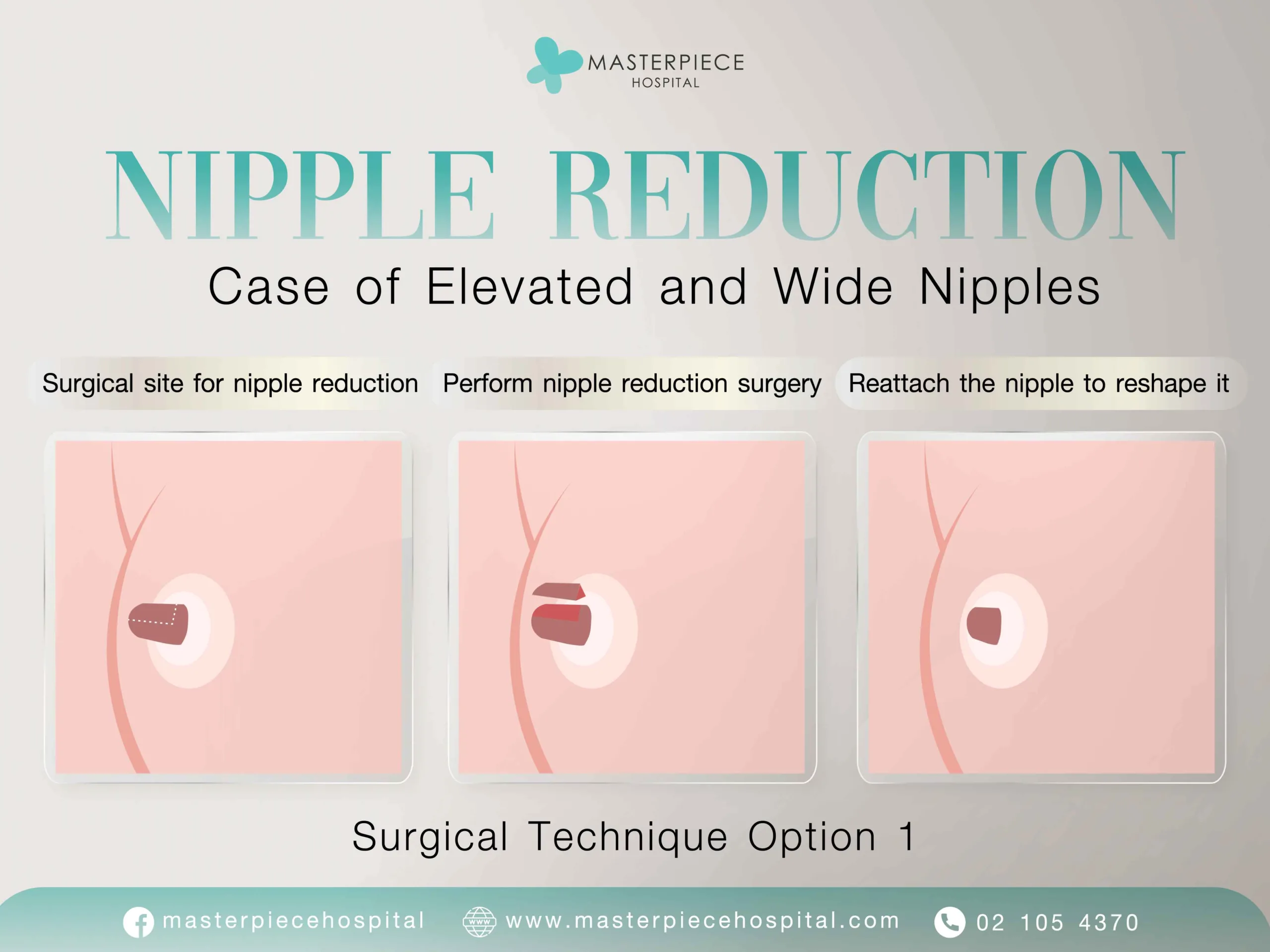
Case of Elevated Nipples – Type 2
This method involves removing the upper portion of the nipple to reduce its height and then suturing the remaining tissue together. However, since this technique affects the nipple opening, it isn’t suitable for individuals planning to have children in the future, as it may impact breastfeeding.
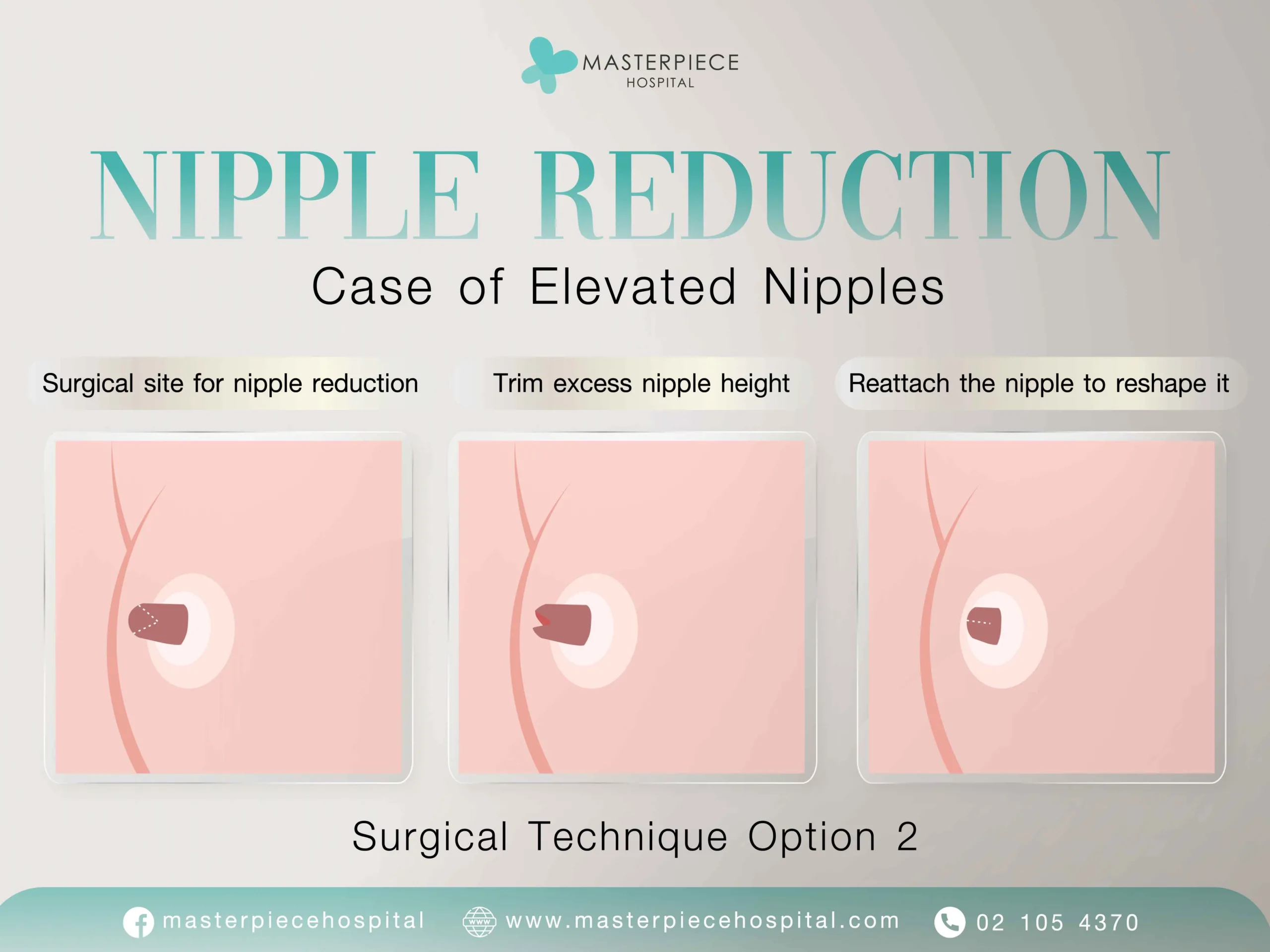
Case of Wide Nipples
This method is similar to slicing a cake, where both sides are trimmed and then sutured together. It is ideal for individuals with large but not overly tall nipples.

Case of Nipples that are Both Elevated and Wide
This method involves surgically removing half of the nipple tip and then suturing it back together. This technique helps make the nipple smaller and shorter.

Nipple Reduction Procedure
- Local anesthesia is applied to the nipple area. It is important to consult with a doctor before surgery to determine the desired size and technique for the reduction.
- Excess nipple tissue is removed according to the desired size.
- Sutures are used to close the incision.
Pre-surgery preparation
- Take 1–2 days off work.
- Discontinue anti-inflammatory medications (NSAIDs) such as aspirin, smoking, and certain supplements that affect blood clotting (e.g., garlic, fish oil) at least 2 weeks before surgery.
- Avoid smoking for at least 1 week before surgery.
- No need to fast from food or water before surgery.
- Bring loose-fitting underwear on the day of the surgery.
- Inform the doctor about any pre-existing conditions such as high blood pressure or heart disease. If you have high blood pressure, it should be controlled to below 140/90 mm Hg, as surgery may cause some blood loss.
Self-care after surgery
- Use a clean gauze soaked in saline to gently clean the wound in the morning and evening, then apply an antiseptic ointment.
- Schedule a follow-up appointment for suture removal in about 5 to 7 days.
- If excessive bleeding or swelling occurs, consult with a doctor immediately.
- You can wear a bra immediately after surgery.
- Take prescribed medications as directed by the doctor until completion.
- Apply a cold compress around the surgical area to reduce swelling.
- Avoid getting the wound wet until the stitches are removed.
